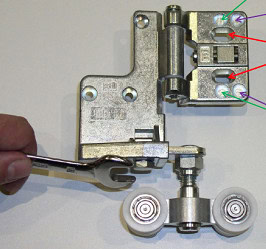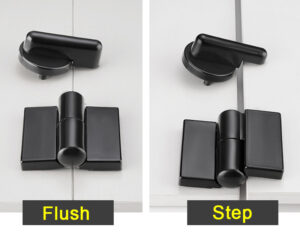Vibration test system hinges are critical components that play a significant role in replicating real-world vibration environments for product testing. The properties of the hinges, such as stiffness, damping, and range of motion, can impact the performance of the entire vibration test system. Proper selection, mounting, and maintenance of hinges are essential for accurate and reliable test results.
What is the purpose of using hinges in vibration test systems?
Hinges are essential components of vibration test systems used to simulate real-world vibration environments to test the performance, durability, and reliability of various products and components. Vibration test systems are designed to replicate the vibration environment of the application to assess the impact of vibration on the test object. The use of hinges in vibration test systems allows the test objects to move in a controlled manner and maintain their orientation throughout the test.
The purpose of hinges in vibration test systems is to allow the test object to move in response to the vibration input from the shaker table while maintaining its orientation. Hinges enable the test object to move in a controlled manner to replicate the real-world vibration environment accurately. This controlled movement is critical to ensure accurate and reproducible test results, which are essential for product development, quality assurance, and regulatory compliance.
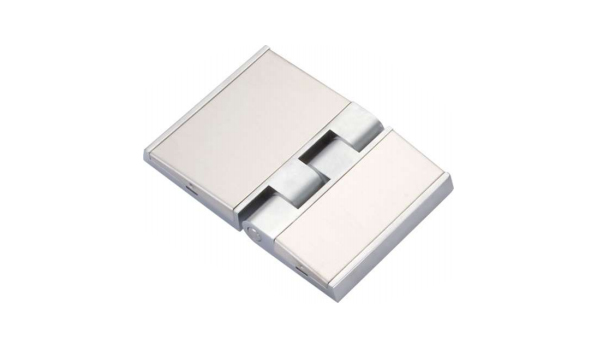
How do the properties of hinges affect the performance of vibration test systems?
The performance of a vibration test system depends on several factors, including the properties of the hinges used. The properties of hinges, such as stiffness, damping, and range of motion, can affect the performance of the vibration test system. The stiffness of the hinges determines the force required to move the test object, while damping affects the rate at which the object comes to rest after being moved. The range of motion of the hinges determines how far the test object can move during the test.
The properties of hinges must be carefully selected to ensure that the vibration test system can accurately replicate the vibration environment of the real-world application. If the hinges are too stiff, they may not allow the test object to move enough to replicate the vibration environment accurately. On the other hand, if the hinges are too flexible, they may allow too much movement, leading to inaccurate test results. The damping properties of the hinges must also be considered to ensure that the test object returns to its original position after the vibration input has ended.
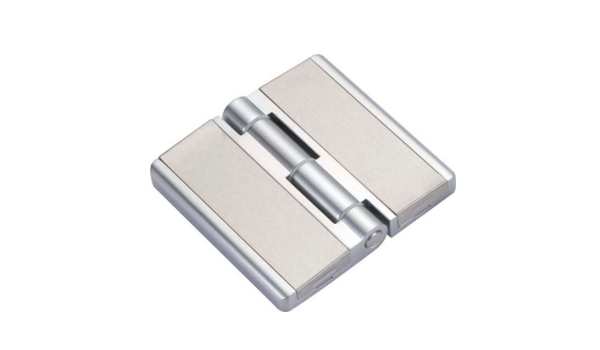
What types of hinges are commonly used in vibration test systems?
Several types of hinges are commonly used in vibration test systems, including ball and socket hinges, flexure hinges, and elastomeric hinges. Ball and socket hinges offer a high range of motion and are commonly used in aerospace and automotive testing. Flexure hinges provide high precision and excellent repeatability, making them ideal for micro-electromechanical systems (MEMS) testing. Elastomeric hinges are highly damped and provide high levels of isolation, making them ideal for sensitive electronic devices.
The type of hinge selected depends on several factors, including the application, test requirements, and budget. Each hinge type has its advantages and disadvantages, and careful consideration must be given to select the hinge type that best meets the specific needs of the application.
How are hinges mounted and integrated into vibration test systems?
The mounting and integration of hinges into vibration test systems depend on the specific application and test requirements. In most cases, the hinges are mounted directly onto the shaker table, which provides controlled movement during the test. The test object is then attached to the hinges, allowing it to move in a controlled manner.
The placement and orientation of the hinges can significantly impact the test results, and careful consideration must be given to their selection and integration. The mounting and integration of the hinges must be designed to ensure that the test system can accurately replicate the real-world vibration environment.
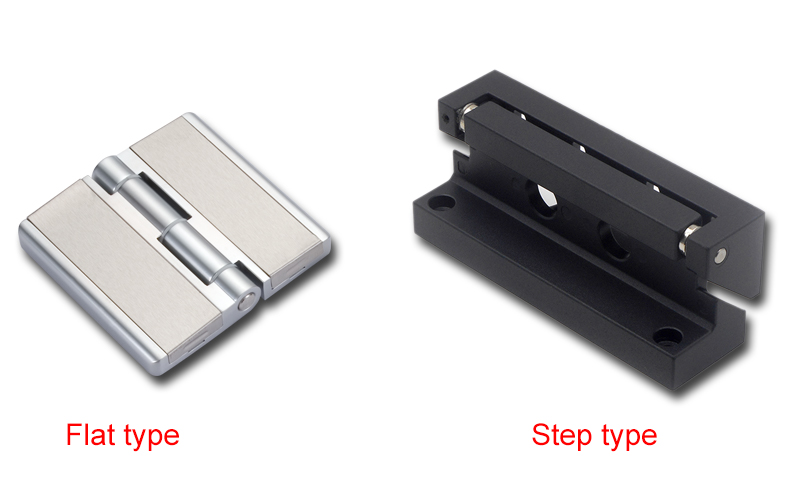
What factors should be considered when selecting hinges for vibration test systems?
Several factors must be considered when selecting hinges for vibration test systems, including the application, test requirements, and budget. The properties of the hinges, such as stiffness, damping, and range of motion, must also be carefully considered to ensure that the test system can accurately replicate the real-world vibration environment.
Other factors to consider when selecting hinges for vibration test systems include the weight and size of the test object, the frequency range of the vibration input, and the expected vibration levels. The hinge’s load-bearing capacity must be sufficient to support the weight of the test object, and the range of motion must be able to replicate the expected vibration levels accurately.
The budget is also an essential consideration when selecting hinges for vibration test systems. High-quality hinges with advanced properties may come at a higher cost, but they may provide more accurate and reliable test results, reducing the risk of product failure and costly product recalls. Thus, careful consideration must be given to balancing the test requirements with the available budget.
What maintenance and care procedures should be followed for hinges in vibration test systems?
Proper maintenance and care of hinges in vibration test systems are critical to ensure accurate and reliable test results. Regular inspection and cleaning of the hinges can help to prevent wear and damage, ensuring that they remain in good working condition. If any wear or damage is detected, the hinges must be repaired or replaced to maintain the accuracy of the test results.
The hinges must be lubricated regularly to ensure that they move smoothly and maintain their properties over time. The lubricant used must be compatible with the hinge material to avoid degradation or damage. Additionally, the hinges’ load-bearing capacity must be periodically checked to ensure that it remains sufficient to support the weight of the test object.
In my experience, hinges are critical components of vibration test systems used to replicate real-world vibration environments accurately. The properties of hinges, such as stiffness, damping, and range of motion, can significantly impact the performance of vibration test systems. The type of hinge selected depends on several factors, including the application, test requirements, and budget. The mounting and integration of the hinges must be carefully designed to ensure that the test system can accurately replicate the real-world vibration environment. Proper maintenance and care of hinges are essential to ensure accurate and reliable test results, preventing product failure and costly recalls.
Looking for a manufacturer of industrial hinges?
IHINGES is a professional industrial hinge manufacturer from China. IHINGES have industrial hinges for every usage scenario. We can also customize products with different specifications and functions for you. We have a professional R&D team and have done a lot of practical cases in the field of industrial hinges. If you are looking for an industrial hinge manufacturer, then you have come to the right place. Contact us now.

